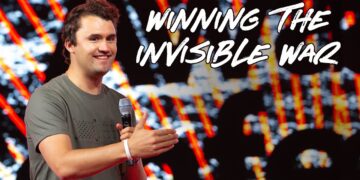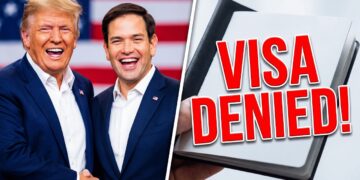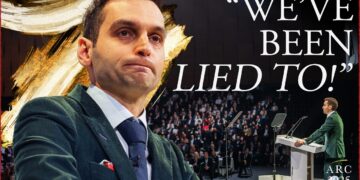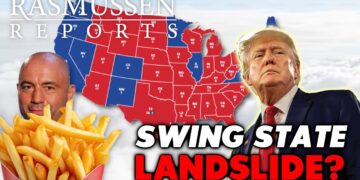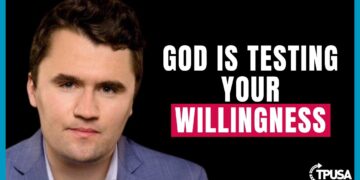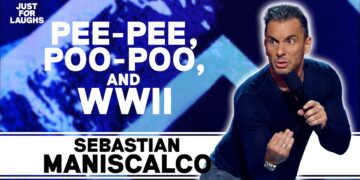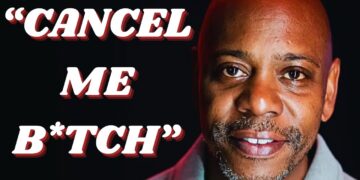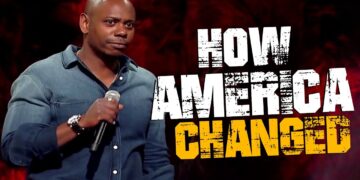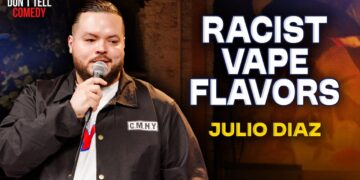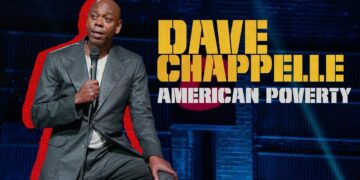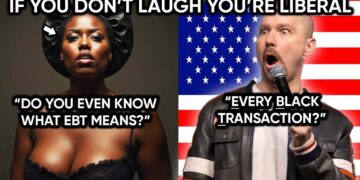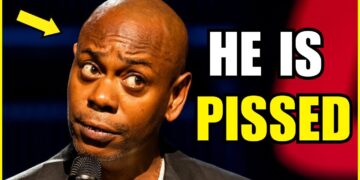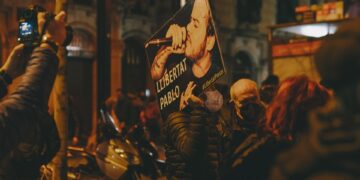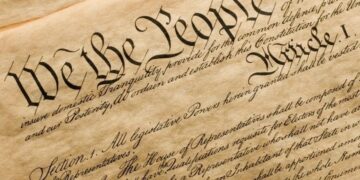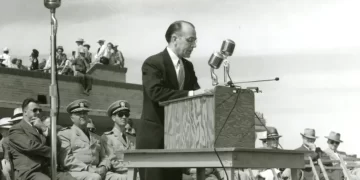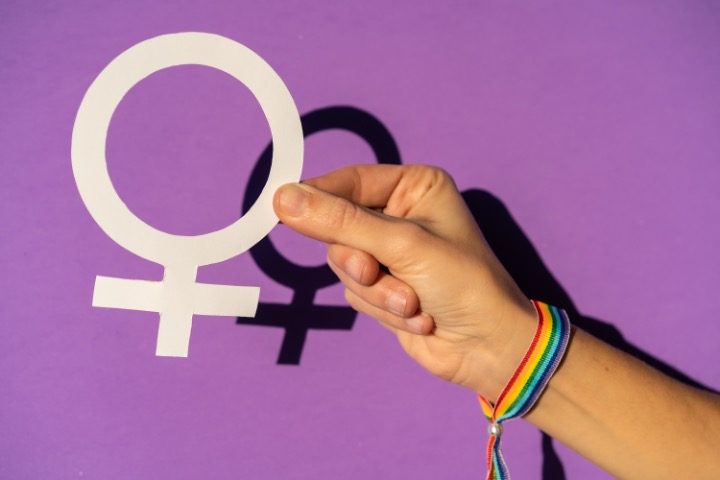
Any discriminating shopper knows that you can’t judge a product’s goodness based on its name or a manufacturer’s advertisement. Those are just superficial appeals designed to entice. Instead, you must examine the ingredients label. So it is, too, with government laws and propositions, a good example being New York’s Equal Rights Amendment (ERA). On the ballot this coming Election Day as “Proposition One,” it sounds wonderful. Who’s against “equal rights”? But then there are the ingredients on the label.
And they, warns a watchdog organization, are toxic.
What’s more, the ERA’s advocates are guilty of a type of false advertising. That is, some of the most poisonous amendment ingredients won’t even be mentioned in the ballot language in polling places. They’re hiding them for good reason, too.
These provisions would reportedly make discrimination for the alleged purposes of preventing discrimination a N.Y. constitutional right. For example, according to the Equal Protection Project (EPP), white employees denied promotions in order to achieve workplace “diversity” would no longer be able to sue in court (state court, anyway).
Insidious
Despite this, the N.Y. ERA has received precious little media coverage. But William A. Jacobson, a Cornell University law professor and the EPP’s founder; and Kemberlee Kaye, the group’s operations and editorial director, warned about it earlier this week. As they wrote at the New York Post, calling Prop One “a wolf in sheep’s clothing”:
The ERA is being promoted as a way to protect abortion rights that aren’t under any threat in the Empire State, but it’s actually a veritable grab bag of leftist ideology.
If adopted, Prop One would embed racial retribution in the form of reverse racism, critical race theory and diversity, equity and inclusion principles into the state Constitution, without most voters realizing its far-reaching effects.
The Equal Protection Project, the civil rights nonprofit we run, has been sounding the alarm about the stealth provisions in the ERA since April, when we announced our opposition to the proposed amendment with a detailed analysis of the text and legal implications.
The ERA consists of two distinct provisions that will revise Section 11, Article 1 of the New York state Constitution.
Part A adds such terms as “gender identity” and “gender expression” to existing protected statuses — previously the easily understandable and long-recognized categories of race, color, creed and religion.
This has raised concerns from women’s rights advocates, parents’ groups and others, giving rise to organized opposition over the potential usurpation of parental rights, the destruction of spaces for girls and women and the decimation of girls’ sports.
Some critics even see the ballot measure as a potential backdoor to allow non-citizen and migrant voting.
Not Child’s Play
Of course, amending a constitution is serious business. If a normal law mandating abnormality is enacted, a judge can strike it down if it’s unconstitutional. If the same abnormality is mandated via amendment, however, it by definition becomes constitutional. The courts are then powerless to provide remedy.
Thus is it distressing, says the EPP, that the ERA’s “hidden” section, Part B, is even worse than Part A. The organization presented the two parts in a detailed April analysis. (The EPP used capitalization to indicate changes from prior law and used bold for emphasis.) To wit:
11. A. No person shall be denied the equal protection of the laws of this state or any subdivision thereof. No person shall, because of race, color, ETHNICITY, NATIONAL ORIGIN, AGE, DISABILITY, creed [or], religion, OR SEX, INCLUDING SEXUAL ORIENTATION, GENDER IDENTITY, GENDER EXPRESSION, PREGNANCY, PREGNANCY OUTCOMES, AND REPRODUCTIVE HEALTHCARE AND AUTONOMY, be subjected to any discrimination in [his or her] THEIR civil rights by any other person or by any firm, corporation, or institution, or by the state or any agency or subdivision of the state, PURSUANT TO LAW.
B. NOTHING IN THIS SECTION SHALL INVALIDATE OR PREVENT THE ADOPTION OF ANY LAW, REGULATION, PROGRAM, OR PRACTICE THAT IS DESIGNED TO PREVENT OR DISMANTLE DISCRIMINATION ON THE BASIS OF A CHARACTERISTIC LISTED IN THIS SECTION, NOR SHALL ANY CHARACTERISTIC LISTED IN THIS SECTION BE INTERPRETED TO INTERFERE WITH, LIMIT, OR DENY THE CIVIL RIGHTS OF ANY PERSON BASED UPON ANY OTHER CHARACTERISTIC IDENTIFIED IN THIS SECTION.
Staggering Consequences?
The EPP later explained the above’s implications, writing:
Under Paragraph B, discrimination becomes a NY State constitutional right provided the discrimination is “designed to prevent or dismantle discrimination.” This embeds what is commonly referred to as “reverse discrimination” into the NY State Constitution. Discrimination against certain groups in order to protect other groups would be exempt from the sweeping protections of the current constitution and Paragraph A of the Amendment. Arguably, this would mean that the NY and NYC Human Rights Laws would be preempted merely by claiming the motivation was to “dismantle discrimination.”
We’ve heard this before, too. For example, consider “counsel” offered by race hustler Ibram X. Kendi (birth name: Ibram Henry Rogers). “The only remedy to past discrimination is present discrimination,” he wrote in his book How to Be an Antiracist. “The only remedy to present discrimination is future discrimination.” He apparently is justifying woke discrimination in perpetuity — and this is precisely what N.Y.’s Prop One aims to deliver.
So if you’re a white or Asian-descent American denied a job because of your race, tough luck. It may be constitutional. Of course, it appears that the ERA would create a clash with federal law. And we’d have to wait to see how that would play out.
Speaking of law, one entity all for Prop One is the New York State Bar Association. And why not? It sounds like it would spawn endless new litigation and put countless millions more dollars in trial lawyers’ coffers. They can get rich while the people get reamed.
All this said, New Yorkers don’t have to be oppressed by the ERA. That is, unless they prove in November that it really does reflect the kind of government they deserve.



